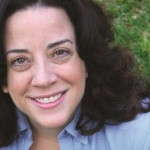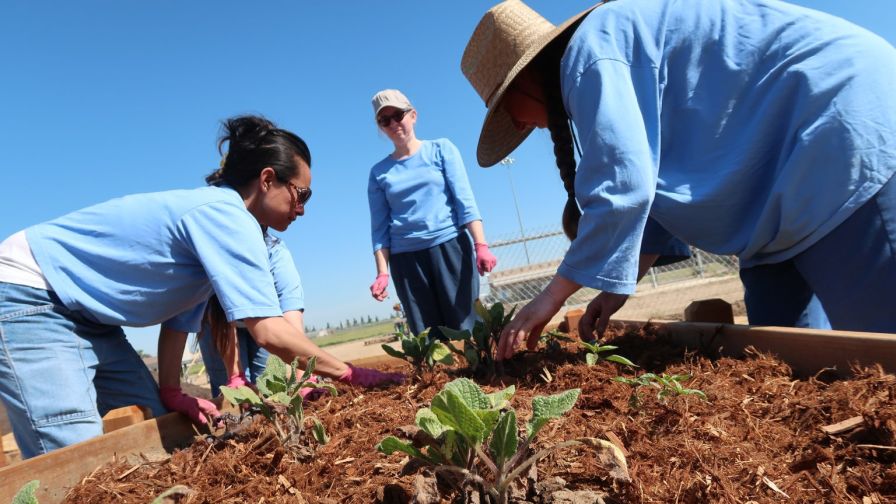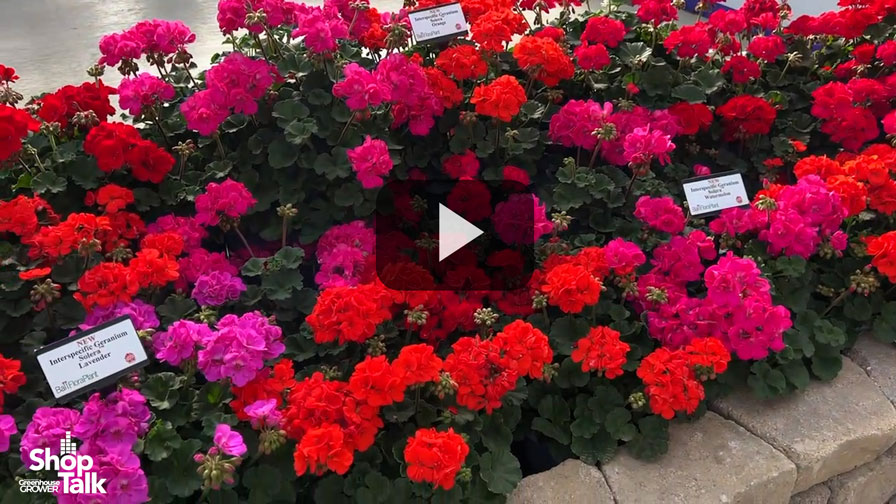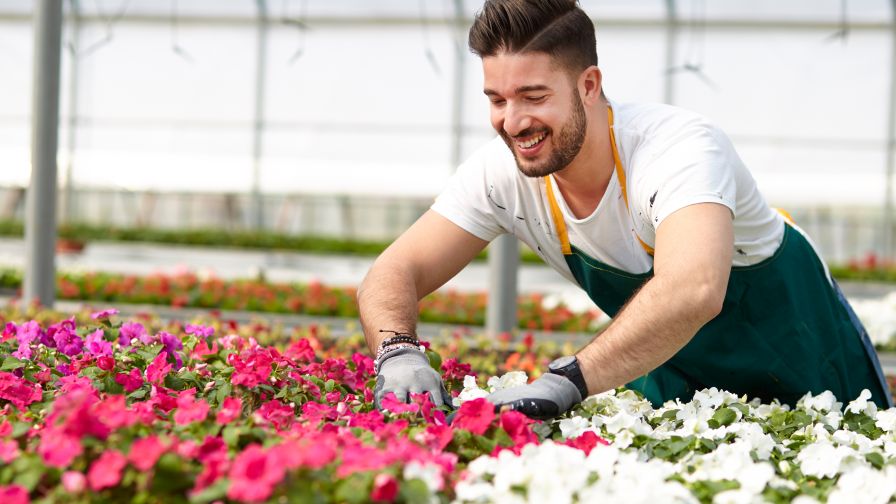To Reflect Changes In Customer Buying, Wingard’s Nursery & Garden Center Becomes Wingard’s Market
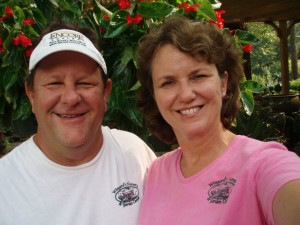
Wally and Delores Steinhauser
When Delores and Wally Steinhauser decided to buy her parents’ Lexington, S.C.-based garden center a decade ago, the Wingard’s were so well-regarded by the customers, the couple wanted to reassure customers by keeping the look and feel of the store Delores’ parents created and sustained since 1967.
Over the next few years, Wally Steinhauser says, the customers got to know them, and to trust them even as they began testing out new products and improving different ways of serving customers. As customers embraced each innovation, the garden store began to transform. So much so, the Steinhausers announced in early 2016 that Wingard’s Nursery & Garden Center was no more, and Wingard’s Market is taking its place.
The Steinhausers say the transformation that led to renaming their business began by testing how well giftware and produce would sell for them. They were looking for a way to even out sales over the year.
“Plants are so seasonal, even as far south as we are, even as mild as the temps may be in February,” Wally says. “If I gave plants away in January and February, I would have a hard time doing that. People just aren’t used to getting plants at that time. And July and August are a struggle, too, between the heat and vacations.”
The only constraints the couple felt when choosing which new products to carry were they had to match their customers’ lifestyles. “We can sell anything a 35 to 75 woman would want to buy,” Wally says.
So in 2013, the couple and increased the size of the gift shop and added produce to their inventory. It was a natural fit for the community, which has a farming culture underpinning its modern economy.
“We added produce in 2013 and 2014, and it grew each year, 20% to 30%. By 2014 it was 8% of our revenue. All we did that first year was to make a modest investment to see how it would work, to add a shed roof on a building we had. It grew and worked well,” Wally says.
That first shed was only 140 square feet. In 2015, the Steinhausers refurbished an old straw shed, which is 1,500 square feet. And revenue grew 30%.
“All of sudden we were able to sell a lot of things we couldn’t sell before, and spoilage went down,” he says.
In addition to produce, Wingard’s sells free-range eggs, free-range pork and seafood caught off the Carolina coasts. They have a bakery now, too. Suppliers are seeking them out, and the Steinhausers have a wealth of options when selecting the right food items to sell.
“It’s the whole local movement. All of a sudden, we had suppliers that would deliver to us, all local. Now its about 10% of our revenue, and we had a great year last year,” he says.
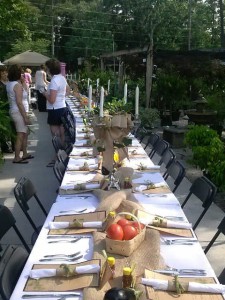
The new division was a true risk. “We had no clue if it would work,” Wally says. “We knew we had a great location, we knew we had a bunch of farmers who are always looking for markets. The whole local stuff is big. Customers want to know what’s in it and who grows it. We have a map with the names and logos of all the farmers who supply us and where they are located.”
Wingard’s also hosted two large farm-to-table dinners in 2015, with about 70 to 80 people attending each event.
“We got a magazine to write an article about it. That helped to reinforce the whole notion of local poultry, fish, and produce,” Wally says.
Some of the newer items, like the bakery, are sold on consignment. “There’s little risk to us if we don’t sell,” he says.
At the same time the food side of the business began taking off, the couple built up the gift shop. “The gift shop is good all year, but it really sustained us through the winter,” Wally says.
An employee with strong visual merchandising skills has helped boost sells in that department and elsewhere in the store.
“We have a really talented woman — she’s 25 years old — who we promoted to merchandise the whole nursery, produce, gift shop and all the plants. We give her rope and try to stay out of the way,” he says.
Once those two departments were more than holding their own, the Steinhausers realized they were operating four businesses, not just one:
- Annuals & perennials
- Tree & Shrub
- Gift
- Produce
“When we looked at it, it’s not really a garden center. It’s really a broader market. Then we looked at the logo we had been using for 10 years, and realized it didn’t fit who we are any more,” he says.
The couple wanted to change the logo to look completely different.
“The old one was about keeping the heritage Delores’ parents had without making it obvious that they sold it. Now it’s time to go for the next iteration for the logo,” Wally says.

The new logo’s colors were inspired by a container garden the Steinhausers saw. It was in a purple pot, and filled sweet potato vine and purple petunias.
But they also wanted a nod to the company’s heritage and added the year the business started (1967) to the logo.
The name change and new logo have a ripple effect, of course. The store now has a new sign, new stationary, and new website. They worked with lawyers to register the new name with the state.
The changes won’t stop with the name change.
The couple will be adding more structures to provide indoor shopping. First on the list is a 1,500- to 2,000-square-foot retail greenhouse. That will allow them to sell more plants that cannot tolerate even the mild South Carolina winters, such as citrus plants.
They also plan to add a porch to the produce market to give it a more obvious farm-market look. “It’s funny. Sometimes all the signage in the world doesn’t work. We have a 12-foot sign pointing to the produce area, and it’s like they don’t see it,” Wally says.
Other recent additions were related to security: a new fence and cameras. The store had a theft problem in 2014, which has been curbed by the new additions.
When asked about why he thinks this concept took off for him, Wally said there were two reasons:
“First, we live in an area where the economy is generally stable. It’s agricultural based, and the state government is 12 miles away, a university is 12 miles away. We have a medical industry nearby, as well as the power company. The unemployment rate is lower than many places in the state.
“And two, it’s a great to live because the school system is arguably the best in the state. And we have Lake Murray, which is a huge lake right behind us. It’s just a very desirable place to live and a great place to raise your kids.”





